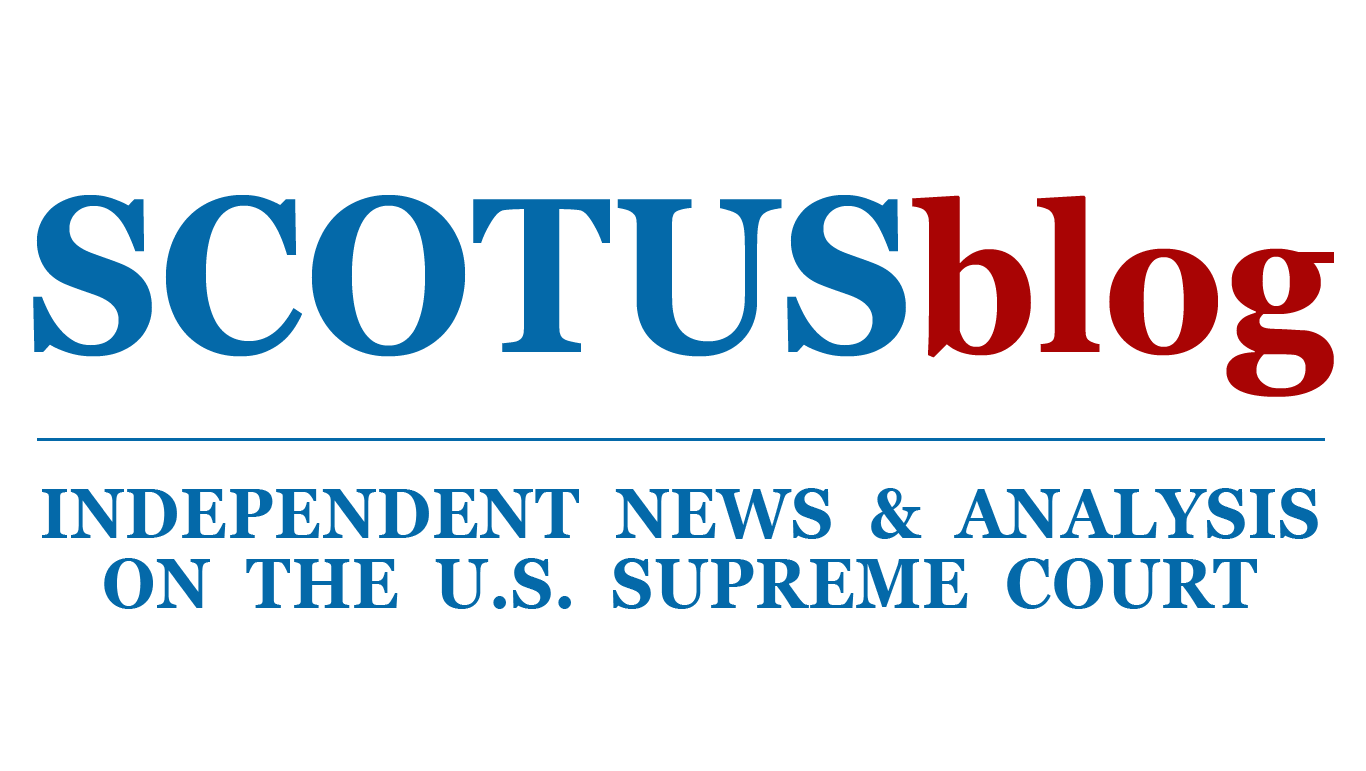Conflicting moves to shape Enron order

on Jan 18, 2008 at 11:23 am
UPDATE Friday 3:40 p.m. The Court issued no order in this case on Friday. The next chance for an order probably is next Tuesday morning.
Both sides in the $40 billion investors’ lawsuit against major investment bankers, growing out of the Enron scandal, moved this week to try to influence how the Supreme Court deals with a pending appeal in that case (California Regents v. Merrill Lynch, et al., 06-1341). The bankers on Wednesday asked the Court simply to deny review of the investors’ appeal, thus leaving intact a federal appeals court’s rejection of the lawsuit. The investors countered on Thursday that the Court should grant review and decide their case or, at least, send it back to lower courts for a fresh look, with either of those moves potentially giving the case new life. Both supplemental briefs were filed in the wake of the Court’s ruling on Tuesday against investors in a case raising similar legal issues — Stoneridge Investment Partners v. Scientific Atlanta (06-43).
Because the Court is considering the California Regents’ petition at today’s private Conference, according to the Court’s electronic docket, it presumably also will examine the two new briefs before deciding what action to take. The investment banks’ supplemental brief can be downloaded here, and the investors’ here.
The two sides, predictably, viewed the Stoneridge and Regents cases in starkly different ways: the bankers contended that the two cases were indistinguishable, so the Court’s Tuesday decision leaves nothing of the Regents’ claims, while the investors argued that the Court’s ruling was narrow and only applied to the quite different factual pattern in the decided case.
In Stoneridge, the Court, by a 5-3 vote, ruled that investors ordinarily could not sue for securities fraud if their lawsuit targeted business partners who did not directly mislead investors, but engaged in joint activity with a company whose executives did engage in a scheme to manipulate the price of the latter’s stock. The lawsuit there was based on a theory of so-called “scheme liability.” While the Court, in the opinion by Justice Anthony M. Kennedy, spoke in fairly broad terms, it also noted that the Stoneridge case involved business partners whose activity was “beyond the securities markets — the realm of financing business” and involved, instead, “purchase and sale contracts — the realm of ordinary business operations.”
The bankers’ new brief said returning the case to the Fifth Circuit Court for another look “would be inappropriate…Stoneridge adopted the legal premises on which the Fifth Circuit decision in this case relied, and rejected the theory of ‘scheme liability’ that petitioner has advanced in this case because that theory fails to satisfy the element of reliance.” The two cases, the bankers’ brief added, involved “extraordinarily similar” facts.  The brief also quoted from the Regents’ website, saying — in advance of the Court’s decision — that the ruling “will determine if the investors defrauded in the Enron scandal can proceed with their claims and recover their losses from the banks.”
Reacting, the investors’ new brief argued that the Tuesday decision “involved liability of mere customers or suppliers,” while the Regents’ case involved “financial professionals [who] deliberatelhy misled investors.” Thus, the brief said, the asserted difference “makes this case an appropriate one to grant certiorari and clarify the scope” of the securities fraud law “where it matters most — in relationship to deliberately misleading conduct of investment bankers, underwriters and securities analysts who had a duty to speak truthfully.”
The Court’s action on the Regents case may be announced as early as this afternoon and, if not then, perhaps on Tuesday, when the next round of orders is due to be released (following the holiday Monday).


